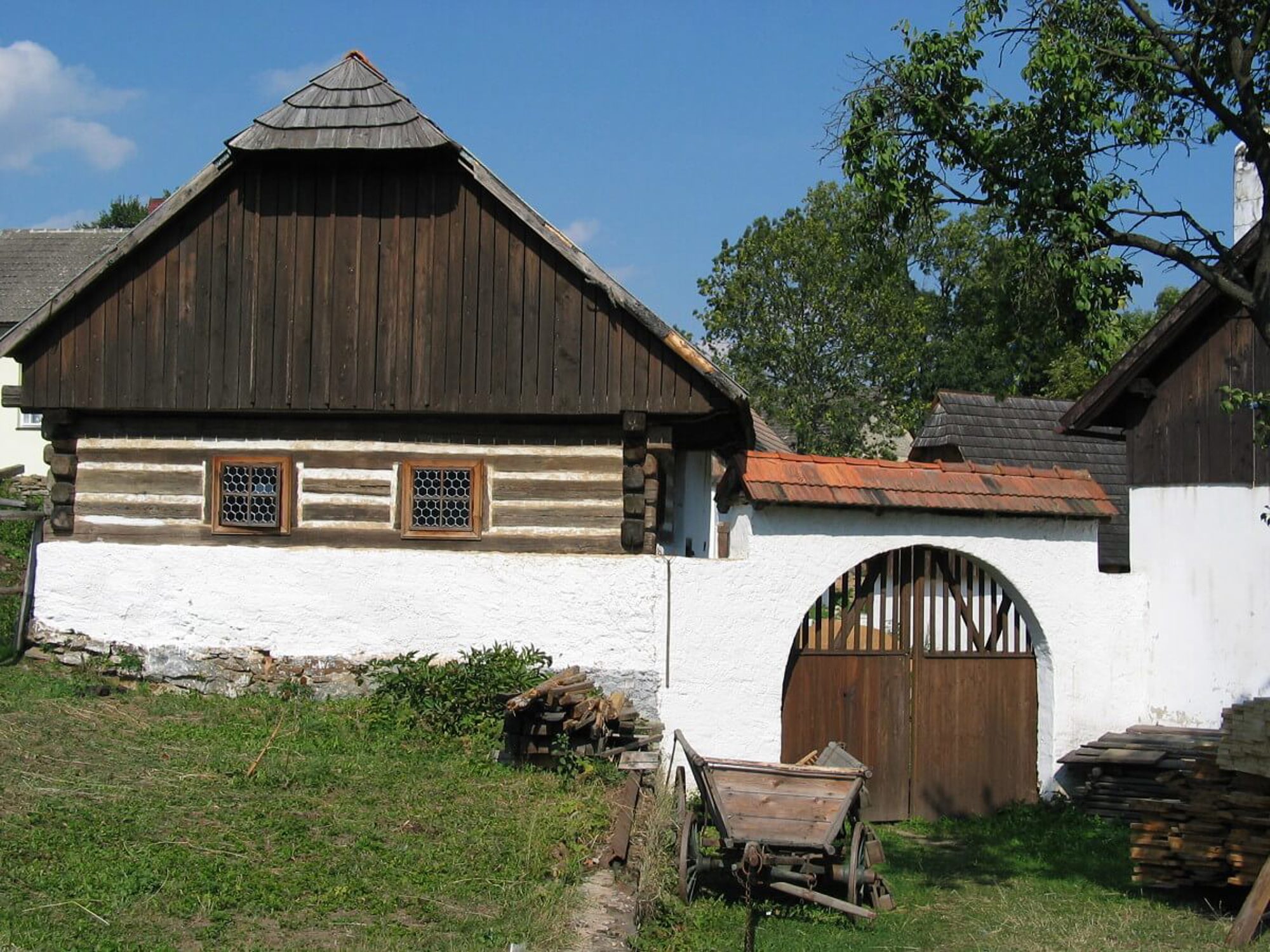18. May 2017


18. May 2017


Chaoyang is a bustling district located in the heart of Beijing, China. It is known for its modern architecture, thriving business district, and vibrant nightlife. The area is home to many high-end shopping malls, luxury hotels, and fine dining restaurants, as well as cultural landmarks such as the China Red Sandalwood Museum and the Chaoyang Park. With its convenient location and easy access to public transportation, Chaoyang is a popular destination for both tourists and business travelers alike. If you're looking for a lively and cosmopolitan experience in China, Chaoyang is definitely worth a visit.